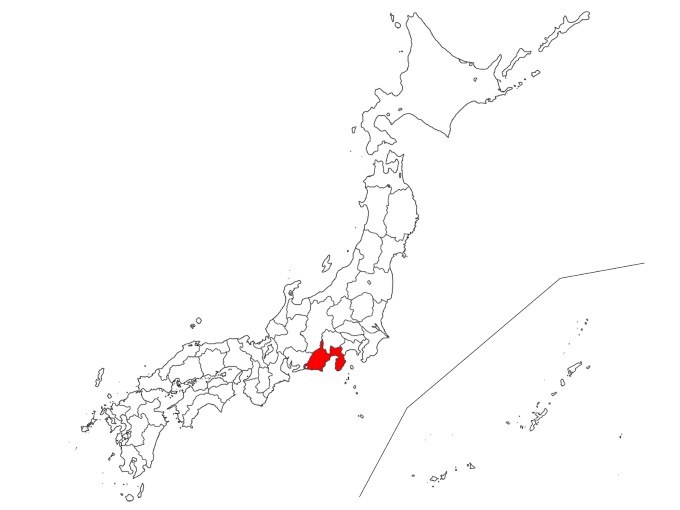1.Basic Information
The Izu Peninsula, known for its hot springs and fresh seafood, has a rich history and a vibrant arts and culture scene.
Atami Hot Springs (atami onsen)
Atami is Japan’s largest hot spring resort and is easily accessible from Tokyo by Shinkansen in about 50 minutes. Favored by historical figures and artists, the area offers a variety of water sports in the summer. The alkaline hot springs are gentle on the skin, and there are many types of bathing facilities, from modern to retro.
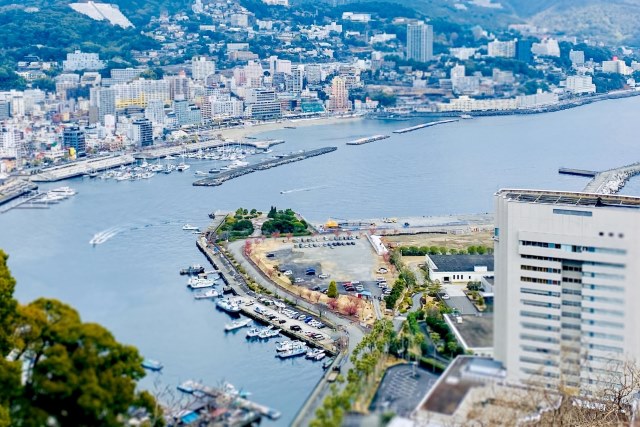
Jyogasaki Coast (Jyougasakikaigan)
Formed by the lava flow from Mt. Oomuro about 4000 years ago, Jyogasaki Coast offers picturesque views and picnic courses.
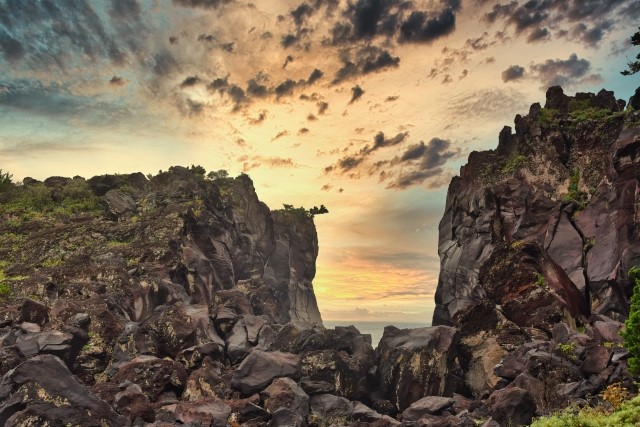
Mt. Oomuro (Oomuroyama)
Standing at 580 meters, Mt. Oomuro is currently inactive, allowing visitors to take a lift to the summit for panoramic views.
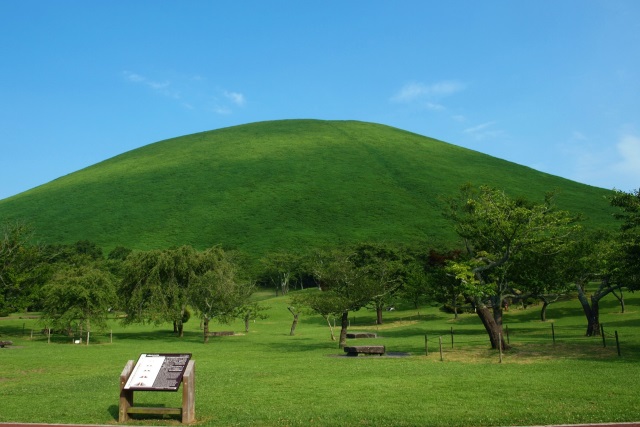
Yumigahama Beach (Yumigahama)
A stunning beach with white sands and a calm sea, perfect for families.
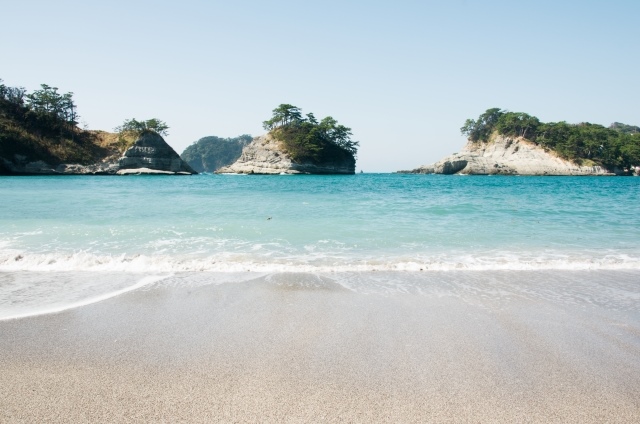
Ryugu Cave (Ryuuguukutu)
A cave formed by wave action, with a beautiful ceiling open to the sky.
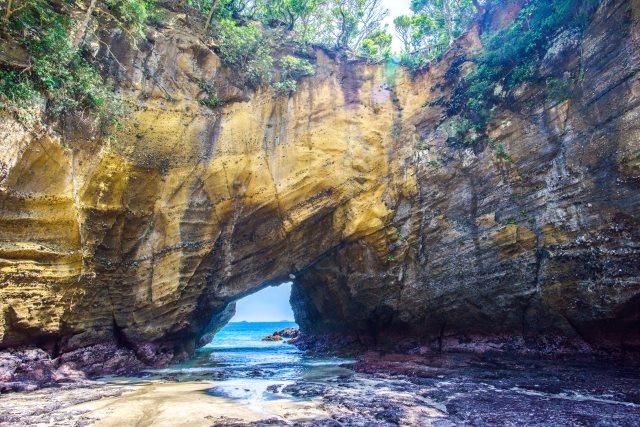
Jyoren Falls (Jyouren taki)
The most famous waterfall on the Izu Peninsula, known for its cobalt blue basin.
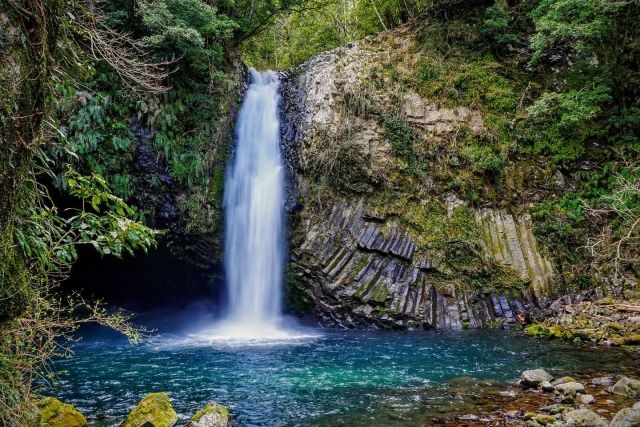
Skylight Cave at Dogashima (Tensoudou)
A cave accessible by boat, known for its magical reflections of light on the water’s surface.
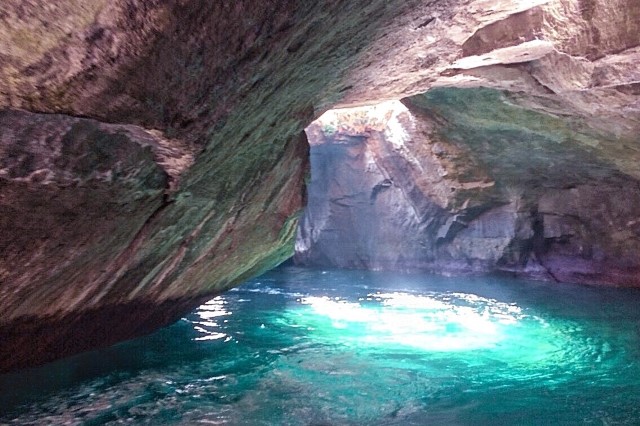
2.Reviews
Autumn Leaves at Shuzenji (Syuzenji)
Known for its stunning autumn leaves, Shuzenji is the perfect place to experience both fall foliage and hot springs.
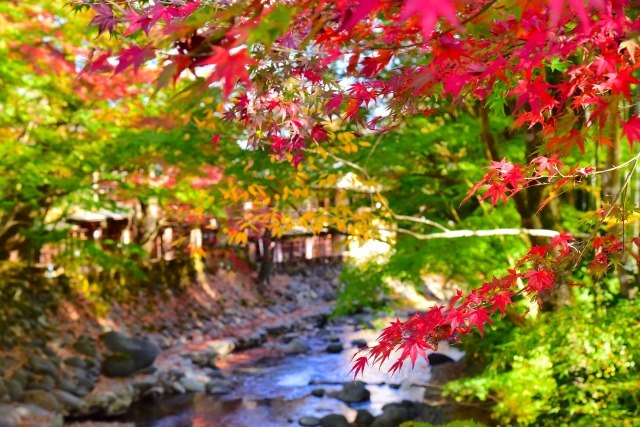
Atami Fireworks
An annual event since 1952, the Atami Fireworks are a sight to behold and a must-see experience in Atami.
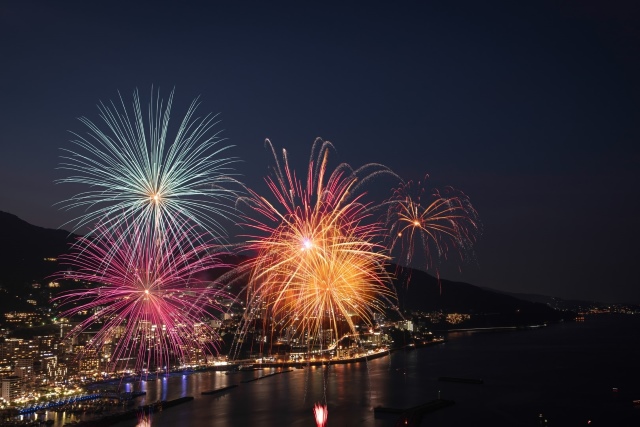
3.Local Food



4.Transportation Information
■ How to get to Atami
Atami City Tourism Association (Supports English & Simplified Chinese)
https://www.ataminews.gr.jp/access/
■ How to get to Izu City
Izu City Official Site (Supports English, Korean, Simplified Chinese & Traditional Chinese)
https://kanko.city.izu.shizuoka.jp/form1.html?pid=5250
■ How to get to Ito
Ito City Official Site (Supports English, Korean, Simplified Chinese & Traditional Chinese)
https://itospa.com/
■ How to get to Shimoda
Shimoda City Tourism Association Official Site (Supports English)
https://www.shimoda-city.info/
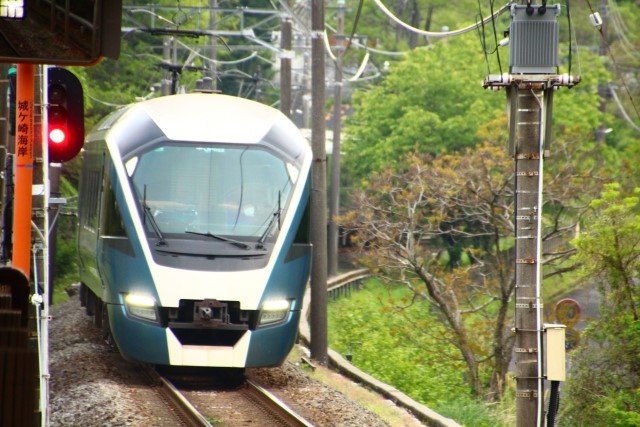
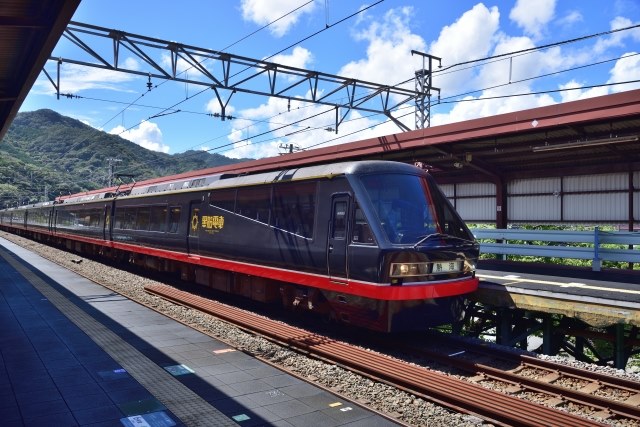
5.Map Information
The Izu Peninsula is located on the eastern edge of Shizuoka Prefecture, stretching about 50 km to the south. Mostly mountainous, with limited flat areas, the local population primarily resides along the coast and valleys. The climate is relatively mild, with average annual temperatures ranging between 15-17 degrees Celsius.
